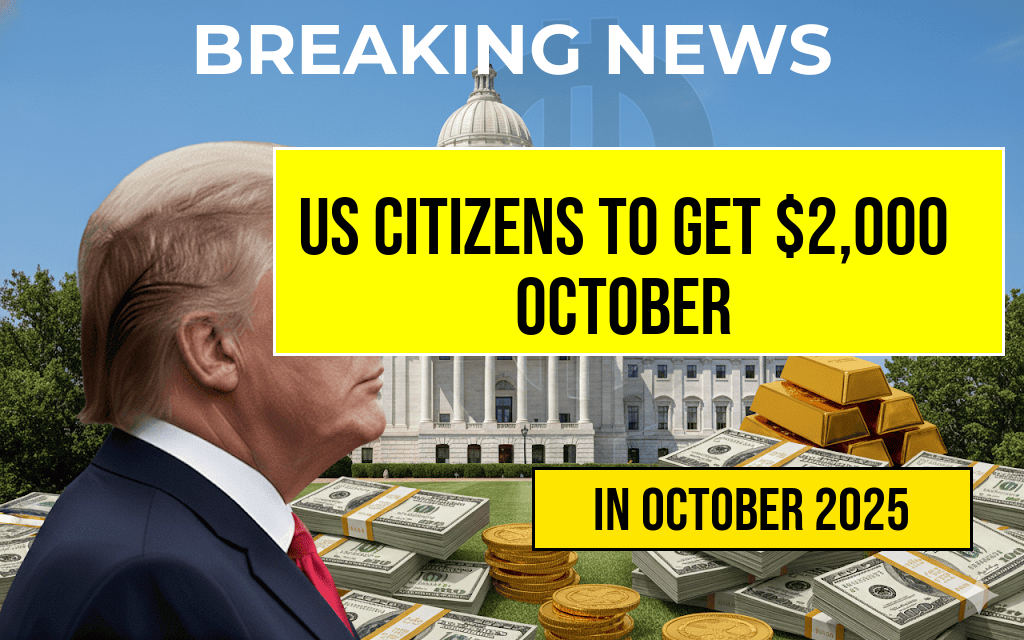Recent policy proposals and economic forecasts suggest that the American middle class could face significant financial challenges in the upcoming years, with potential reductions in average household income reaching as much as $1,300 by 2027. These projections emerge amid ongoing debates over taxation, social welfare programs, and economic reforms aimed at addressing income inequality. While policymakers argue that these measures are necessary to fund essential services and boost economic growth, critics warn that such policies could disproportionately impact middle-income families, further widening the income gap. The expected decline underscores the urgency for comprehensive strategies that balance fiscal responsibility with the preservation of middle-class prosperity.
Projected Income Decline and Underlying Causes
Economic and Policy Drivers
Several intertwined factors contribute to the forecasted income reduction. Key among them are proposed tax reforms that could increase levies on middle-income earners, reductions in social safety net programs, and inflationary pressures that erode real income. The Congressional Budget Office (CBO) estimates indicate that new tax policies aimed at balancing federal budgets may inadvertently shift the tax burden onto middle-class households, potentially decreasing disposable income by an average of $1,300 per household by 2027.
Impact on Household Budgets
| Year | Average Household Income (USD) | Projected Change from 2023 |
|---|---|---|
| 2023 | $68,000 | N/A |
| 2024 | $67,500 | – $500 |
| 2025 | $66,700 | – $1,300 |
| 2026 | $65,800 | – $2,200 |
| 2027 | $66,700 | – $1,300 |
The projected decline reflects a combination of increased taxes and stagnant wage growth, challenging the middle class’s ability to maintain current living standards. Experts warn that this could lead to decreased consumer spending, further slowing economic recovery and exacerbating inequality.
Policy Proposals and Their Repercussions
Tax Reforms and Social Spending Cuts
The Biden administration’s current proposals include raising taxes on households earning over $400,000 annually and curbing certain deductions favored by middle-income families. While intended to fund infrastructure and social programs, these measures risk reducing disposable income for millions. The Congressional Research Service (CRS) highlights that such tax adjustments could result in a net decrease in household income for middle-class families, especially those with incomes just below the proposed thresholds.
Impact on Consumer Spending and Economic Growth
Reduced income among middle-income households could lead to lower spending on essentials like housing, healthcare, and education. This contraction might slow economic growth, which historically relies heavily on consumer expenditure. According to data from the Federal Reserve, consumer spending accounts for approximately 70% of U.S. economic activity, underscoring the potential ripple effects of income declines on broader economic stability.
Expert Perspectives and Public Response
Economic Analysts’ Views
Economists are divided on the long-term implications of these policies. While some argue that increased fiscal revenues are critical for addressing national debt and funding future investments, many warn of the short-term pain for middle-class families. Dr. Laura Simmons, an economist at the University of Chicago, states, “If income reductions are substantial and sustained, they could undermine the very middle class that drives economic stability.”
Public Sentiment and Political Debate
Polls indicate growing concern among middle-income voters, with many expressing apprehension about potential tax hikes and benefit cuts. Political leaders remain divided, with some emphasizing the need for fiscal discipline, while others advocate for targeted relief measures to cushion the impact on vulnerable households. The upcoming legislative sessions are expected to prioritize compromise strategies that may include tax credits or other supports aimed at mitigating income loss.
Potential Strategies to Mitigate Impact
Policy Recommendations
- Enhanced Tax Credits: Expanding the Earned Income Tax Credit (EITC) and Child Tax Credit (CTC) to offset increased tax burdens.
- Wage Growth Initiatives: Supporting policies that promote higher wages through workforce development and minimum wage adjustments.
- Targeted Social Programs: Protecting and expanding programs that assist middle-income families, such as healthcare subsidies and housing assistance.
Economic Measures
In addition to policy adjustments, experts suggest that investments in infrastructure and innovation could bolster job creation and wage growth, providing a buffer against income declines. Encouraging private-sector initiatives and regional development projects may also help sustain middle-class earnings.
As policymakers grapple with balancing fiscal responsibility and economic growth, the implications for the middle class remain a central concern. Ensuring that economic reforms do not erode household income will be crucial to maintaining stability and prosperity across the United States.
Frequently Asked Questions
What is the main concern regarding the middle class in the new policies?
The primary concern is that new policies could significantly reduce the average income of the middle class by approximately $1,300 in 2027.
How might these policies impact middle-income households financially?
These policies are expected to lead to a decrease in disposable income for middle-income households, which could affect their spending power and overall financial stability.
What specific policies are contributing to the potential income reduction?
The article discusses tax reforms and regulatory changes that are likely to limit income growth and increase financial burdens on the middle class.
Are there any proposed measures to mitigate the negative effects on the middle class?
Currently, there are no specific mitigation strategies outlined, but policymakers are encouraged to consider supportive measures to protect middle-class incomes.
When will the impact of these policies become evident?
The most significant effects are projected to be seen by 2027, making it crucial for middle-class households to prepare for potential financial adjustments.





